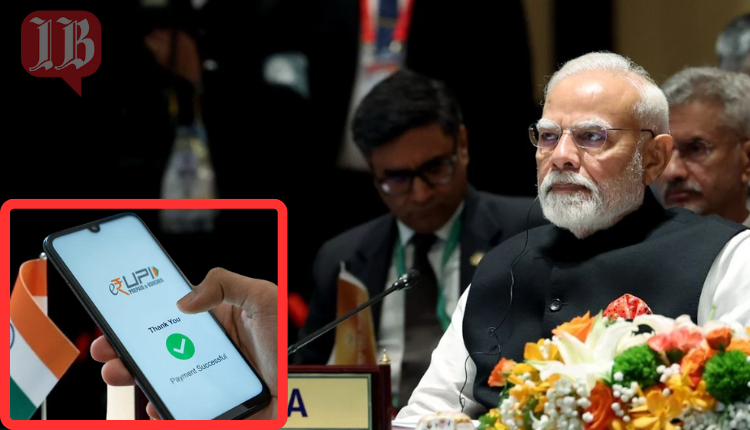New Delhi: India’s Unified Payments Interface (UPI) has become a hot topic worldwide and is being adopted in various nations. UPI’s stupendous success has not only changed the digital payments landscape in India but is now receiving global attention as well — Prime Minister Narendra Modi recently announced that UPI will be connected with BIMSTEC (Bay of Bengal Initiative for Multi-Sector Technical and Economic Cooperation) countries to enable trade and tourism among these nations.
BIMSTEC is a regional group of seven countries – Bangladesh, Bhutan, India, Myanmar, Nepal, Sri Lanka and Thailand. The cross-border trade, people-to-people contacts and tourism ties in this region will be boosted by integrating UPI with these payment systems, which will make cross-border transactions much smoother with economic integration. This proposal is expected to raise the digital payment levels as well as regional economic ties.
The Indian success story behind UPI is far from over, as it has already been in utilisation across seven other nations, beyond Bhutan, Mauritius, Nepal, Singapore, and Sri Lanka, even stretching to France. More than two dozen applications, including BHIM, PhonePe, Paytm and Google Pay, enable international transactions, though they have to work now on increasing cross-border payments as it becomes a mode of choice in UPI-enabled nations following its availability.
The second half of 2024 sees continued explosive growth in UPI usage, with year-on-year transactions up by 42% and a staggering 93.23 billion transactions. Worldline also estimates that several other transaction networks — including PhonePe, Google Pay and Paytm, among others — will continue to dominate this space by December 2024; they can expect to cover 93% of the transaction volume and 92% of the transaction value, combined.



Comments are closed.